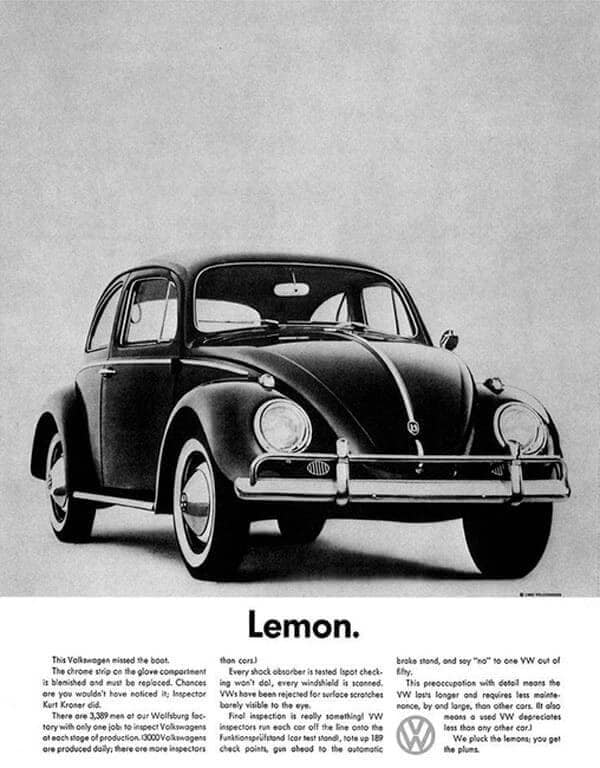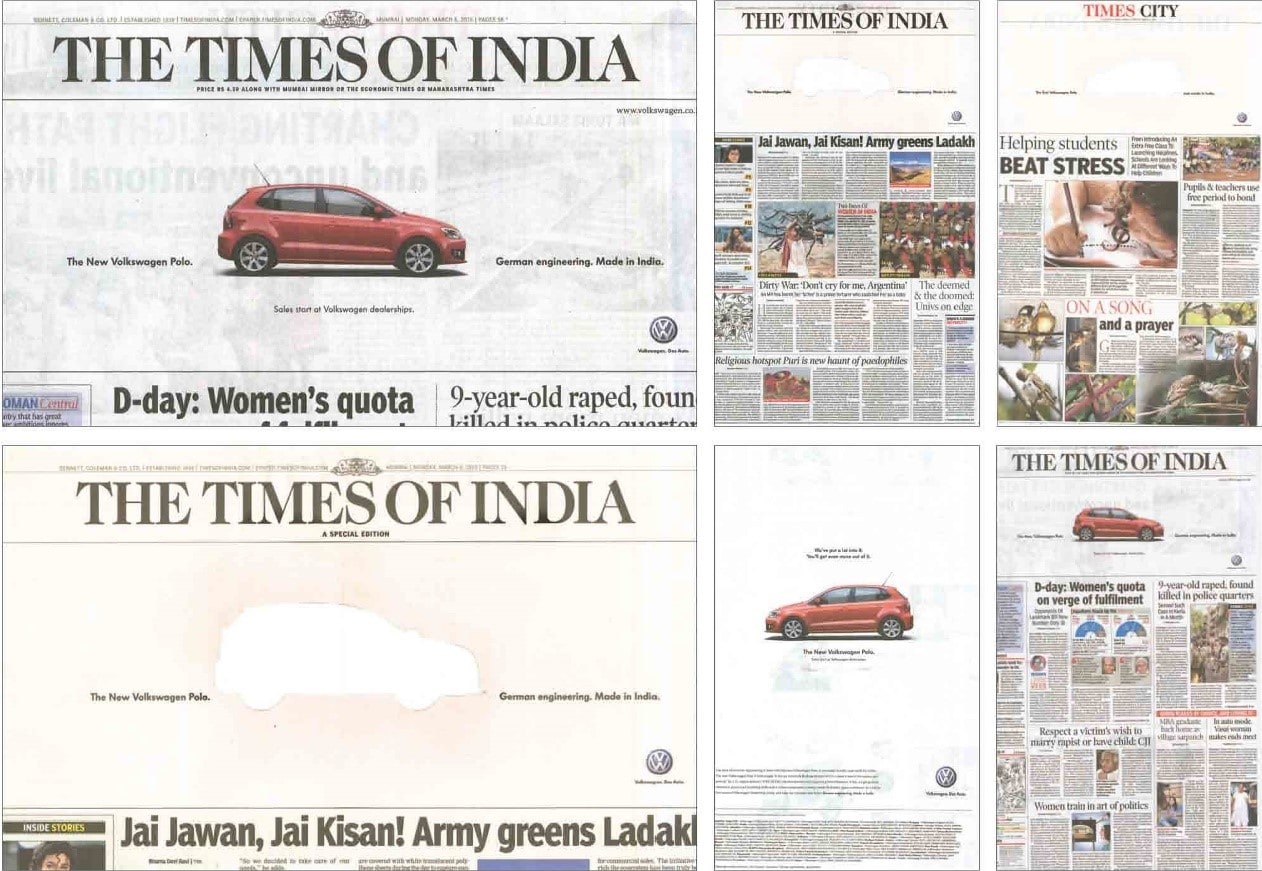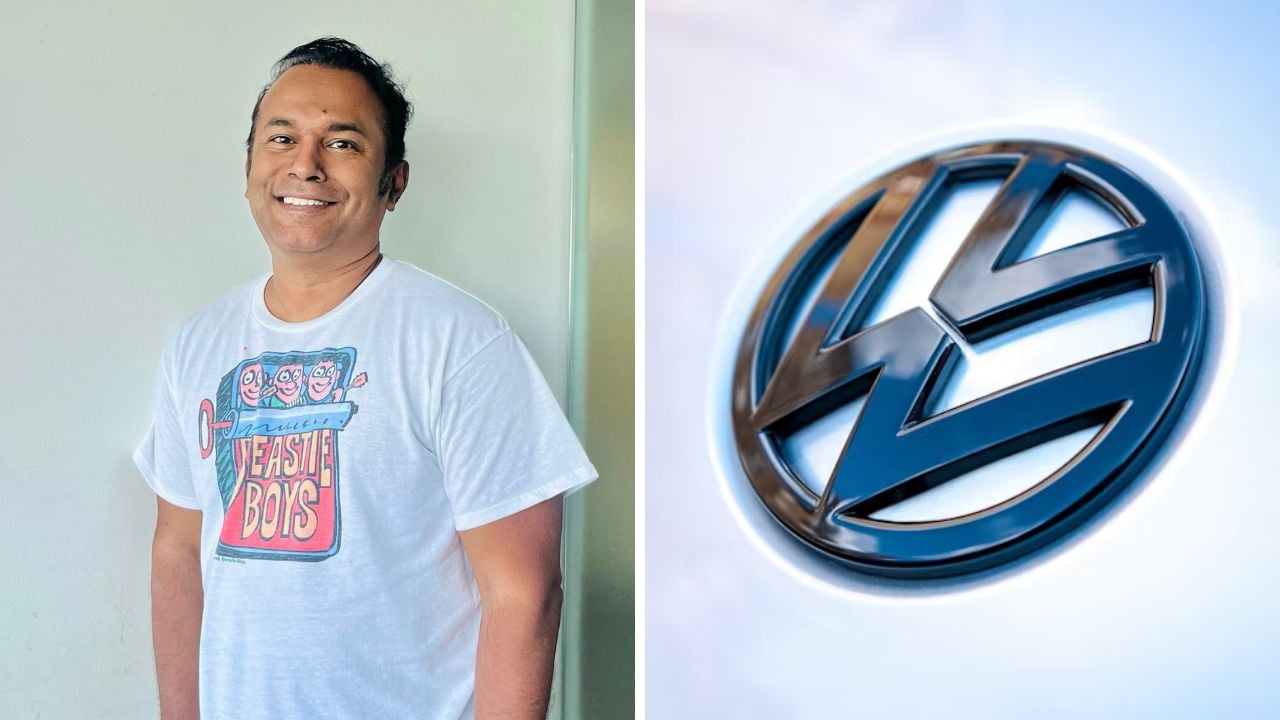The venerable German auto company Volkswagen (VW) landed on the Indian shores in 2007 and introduced the Passat, which it has manufactured since 1973. The company brought on board the DDB Mudra Group as its creative partner to help with the launch.
The brand has since gone on to introduce the Polo (2010, discontinued 2022), Vento (2010), Volkswagen Jetta (2011), the 21st century Beetle (2015), Volkswagen Taigun (2021), and Volkswagen Virtus (2022), among others.
Talking to Storyboard18 of this long-standing agency-client relationship of 17 years, Rahul Mathew, Chief Creative Officer (CCO), DDB Mudra Group, stated that the brand is defined by three words: responsible, valuable, and innovative.
He highlighted, “Our depth of brand understanding, our creative prowess in translating the brand’s unique tone of voice for the Indian market, and our ability to make innovative messaging and media choices have been key for our success with the brand all these years.” He added that the brand was defined by three words: responsible, valuable, and innovative, and wanted to convey that innovation and good engineering were not for the few but for everyone — it was, after all, the ‘people’s car.’
Edited excerpts from the interview:
How did DDB Mudra Group happen to come on board for Volkswagen India?
To talk about our history with Volkswagen, we would have to start with DDB’s long and storied past with the brand. The iconic ‘Think Small’ and ‘Lemon’ campaigns crafted by DDB in the late ‘50s / early ‘60s for Volkswagen Beetle changed the face of advertising. In a market dominated by flash and exaggeration, the black and white minimalist design combined with the clever, yet refreshingly honest copy brought about a creative revolution. Those campaigns are as powerful today as they were more than 60 years ago.

The DDB Mudra Group has been a proud flag bearer of this legacy ever since we started our partnership with Volkswagen in 2007. We introduced the brand and its multiple car lines in India. Our depth of brand understanding, our creative prowess in translating the brand’s unique tone of voice for the Indian market, and our ability to make innovative messaging and media choices have been key for our success with the brand all these years.
Which was the first ad campaign that was rolled out and what were the challenges?
The first big pan-India campaign we rolled out was the launch of the Volkswagen brand in India. There were several challenges. To begin with, Volkswagen was new and had limited brand awareness. It also had ambitions of launching multiple models within the first year of brand introduction. As their creative partner, we had to think beyond just the brand launch and had to keep in mind the product introduction plans too.
At its launch, the brand was defined by three words: responsible, valuable, and innovative. We made the decision to focus on the value of innovation. We had to create a lot of buzz for the brand. The launch had to make India sit up and watch a new beginning.
Volkswagen was introduced to India with India’s first newspaper roadblock (a digital affair). We bought every ad in the Times of India (.com) and communicated our approach to innovation, our range of products, and our new factory in Pune. We educated people on how to pronounce the name ‘Volkswagen.’ Most importantly, we wanted to convey that innovation and good engineering were not for the few but for everyone – it was, after all, the ‘people’s car.’
Who was the target audience? And what were the marketing strategies adopted, and the media mix?
The brand planned to launch multiple car lines over 12 months, so we were speaking to everyone — from potential young owners of the mass-premium hatchback Polo, to people who would drive the luxury Phaeton. That’s what made the campaign so creatively challenging and ultimately successful — finding that one idea that translated across segments. Our idea of ‘innovation for everyone’ didn’t leave anyone out of the conversation.
The brand launch as well as the subsequent launches of Polo, Beetle, Phaeton, Touareg, and Vento used major innovations in print and outdoors advertising to drive impact. This, combined with interesting TV ads, created a perfect media mix. Our strategy was simple — to build up German engineering through authentic, human stories in the famous Volkswagen voice.

For the launch of Polo, for example, we had to hype the fact that it was a German engineered car built for Indian roads. So, our print work featured the world’s first cut-out newspaper ad. A Polo-shaped hole was cut in each page of the newspaper, and as people flipped through, they could read about the India-appropriate features of the car.
This was supported by a TV commercial (TVC) which showed the uniquely Indian road tests that the Polo had to pass. Similarly, for the launch of the Vento we created the world’s first ‘talking newspaper’ which spoke about innovation from the point of view of a Volkswagen engineer who loathes to see his beloved creation leave the factory. Even today, when it comes to print innovation, the first example that comes to everyone’s mind is VW’s talking newspaper. There was an audio chip that started playing when you unfolded the paper.
Could you also touch upon the subsequent ad campaigns, and how the target audience evolved with time?
In the decade after the launch, we used the momentum to continue building the brand in India. ‘Innovation’ and ‘German engineering’ remained our key pillars, but we also narrowed down on the human lens of innovation and engineering focussed on the human aspect. Unlike the market, which was stuck on bells and whistles, we focussed on what made a car truly great. What made a car a Volkswagen. Our campaigns spoke about what makes Volkswagen safer, more solid, and more enjoyable for the people driving them.
Over time, we started seeing a shift in the market. Earlier, car buying used to be a fairly linear journey that could, to a large extent, be mapped to age and life stage. But, with the introduction of ad innovations, a growing population of the young affluent, and the rising influence of digital interventions in the purchase journey, the game has changed completely. The buying journey is no longer linear, and the audience is younger, more informed, and more vocal.
While our work continues to capture the emotions of what it means to drive a Volkswagen while highlighting its superior safety, build quality, and driveability, our approach has also evolved for this young audience and the digital world.
Our digital-first campaign bidding farewell to the Polo is a good example of this. Our launch of the Taigun became one of the biggest live launches in the category, resulting in over a million enquiries before bookings even opened. Our safety-focussed campaign used small, human instances to bring to light our features without using the car in the frame.
Could you take us through the evolution of the media mix for Volkswagen India
In the automobile industry, aspiration and desire is still built through mediums such as TV, print and OOH. This becomes even more important in the case of launches.
Read More: Exclusive: Volkswagen India’s Rs 150-180 crore media business up for grabs; calls for pitch
But the purchase decision is fast becoming a digital journey. Once the car purchase journey started at the showroom, but now showrooms are often only visited to pick-up the car you’ve bought. People are reading car reviews, visiting websites, comparing cars, and even booking test drives online to arrive at their choice.
With digital now carrying the major load of conversion, it means the so-called traditional mediums have the opportunity to be even more disruptive. We should now be using these mediums to be even more innovative and engaging, so that we’re top-of-mind for every potential car buyer.
Read More: Volkswagen India calls for a creative pitch? Carmaker’s global media account already under review
